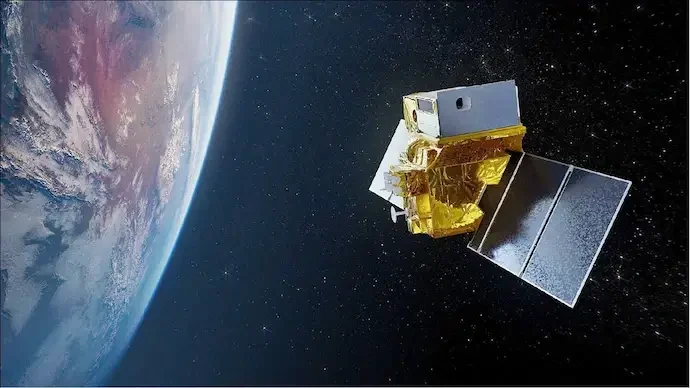ISRO Provides Details on Indo-French Trishna Mission
The Indian Space Research Organisation (ISRO) recently shed light on the Indo-French Trishna mission, a collaborative effort aimed at monitoring climate change. This joint venture between India and France is poised to bolster Earth observation capabilities, especially concerning water resources and related phenomena. The mission’s unveiling underscores the burgeoning partnership between the two nations in the realm of space exploration and climate research.
Understanding the Trishna Mission
The Trishna satellite mission, anticipated to be launched by 2026, marks a significant stride in India’s pursuit of advanced space technologies. Spearheaded by ISRO, in collaboration with the French space agency CNES (Centre National d’Études Spatiales), the mission aims to enhance our understanding of water resources and their dynamics.
Technical Specifications and Objectives
Trishna will be equipped with state-of-the-art thermal infrared imaging sensors, designed to monitor surface temperature variations with exceptional precision. This data will be instrumental in assessing water stress levels, facilitating informed decision-making regarding water resource management and climate adaptation strategies.
Strategic Significance
The Trishna mission underscores India’s commitment to leveraging space technology for addressing pressing environmental challenges. By harnessing satellite-based observations, policymakers can devise proactive measures to mitigate the adverse impacts of climate change, particularly on water resources and agricultural sustainability.

Why this News is Important
Collaboration for Climate Resilience
The Indo-French collaboration on the Trishna mission exemplifies the global imperative for cooperative efforts in tackling climate change. By pooling resources and expertise, both nations aim to strengthen climate resilience and enhance adaptive capacities, setting a positive precedent for international cooperation in environmental stewardship.
Advancing Space Technology for Sustainable Development
The unveiling of the Trishna mission highlights India’s resolve to harness space technology for sustainable development. Through initiatives like Trishna, ISRO demonstrates its commitment to leveraging cutting-edge technology to address critical socio-economic and environmental challenges, thereby contributing to the nation’s progress.
Historical Context
The Trishna mission builds upon India’s rich legacy of space exploration and scientific innovation. Since its inception, ISRO has been at the forefront of developing indigenous space capabilities, culminating in landmark achievements such as the Mars Orbiter Mission and the Chandrayaan missions. Moreover, India’s collaboration with France in space endeavors dates back several decades, reflecting a longstanding partnership in scientific research and technological advancement.
5 Key Takeaways from “ISRO Provides Details on Indo-French Trishna Mission”
| Serial Number | Key Takeaway |
|---|---|
| 1. | Trishna mission is a collaborative effort between India and France, aimed at monitoring climate change and water resources. |
| 2. | The mission will utilize thermal infrared imaging sensors to monitor surface temperature variations and assess water stress levels. |
| 3. | Trishna is slated to be launched by 2026, showcasing India’s commitment to advancing space technology for sustainable development. |
| 4. | The collaboration underscores the importance of international cooperation in addressing global environmental challenges. |
| 5. | The Trishna mission represents a strategic partnership between ISRO and CNES, reflecting a shared commitment to scientific research and innovation. |
Important FAQs for Students from this News
What is the Trishna mission?
- The Trishna mission is a collaborative effort between India and France aimed at monitoring climate change and water resources.
When is the Trishna mission expected to be launched?
- The Trishna mission is slated to be launched by 2026.
What are the key objectives of the Trishna mission?
- The mission aims to utilize thermal infrared imaging sensors to monitor surface temperature variations and assess water stress levels.
Who are the collaborators in the Trishna mission?
- The Trishna mission is spearheaded by ISRO, in collaboration with the French space agency CNES (Centre National d’Études Spatiales).
What is the significance of the Trishna mission in the context of climate change?
- The Trishna mission underscores the importance of international cooperation in addressing global environmental challenges, particularly in monitoring and managing water resources.
Some Important Current Affairs Links


















